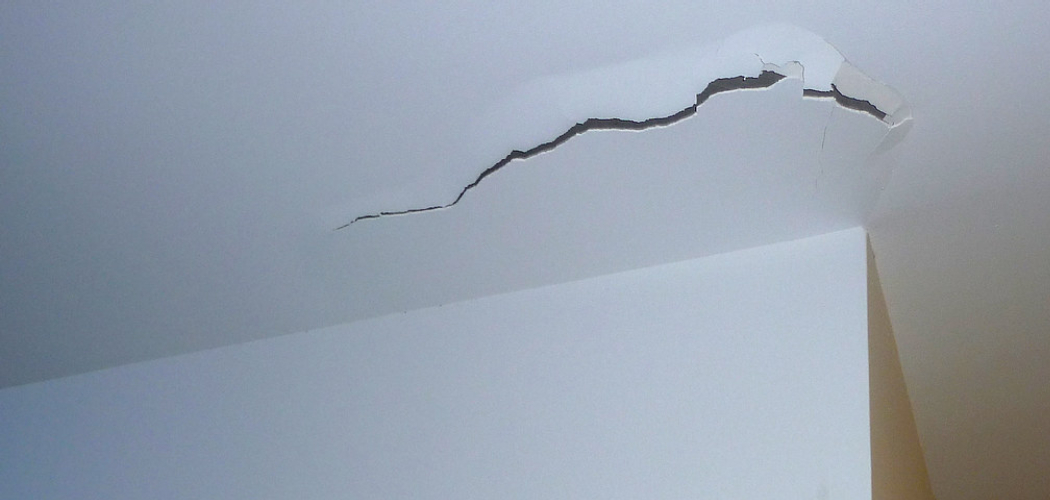Do you ever find yourself staring up at your ceiling and noticing something that wasn’t there before – a crack? It might be small or it could be quite large, but regardless of the size, your first instinct is probably to wonder if this occurrence is serious. After all, a cracked ceiling – whether in your home or office building – can indicate more than just cosmetic damage; it can also reveal structural concerns that require swift action.
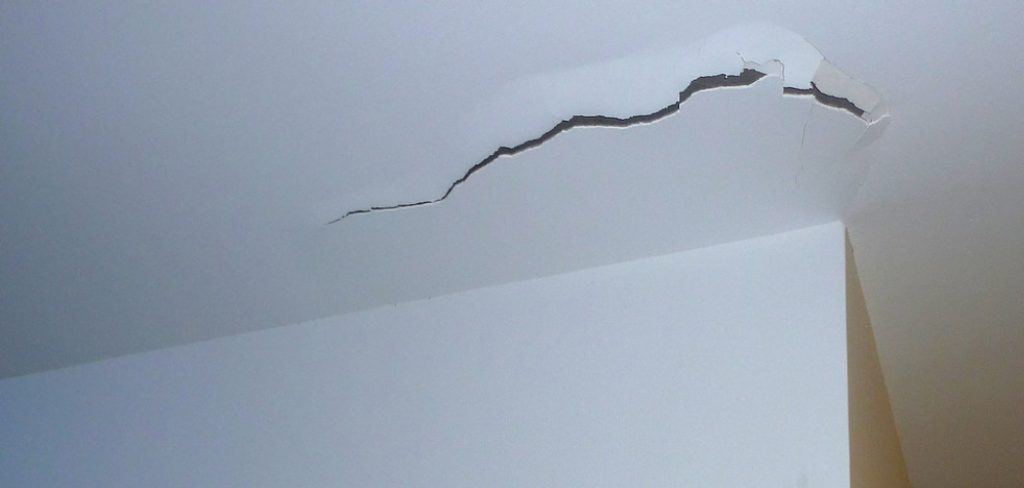
So how to tell if ceiling cracks are serious? In this comprehensive guide, we’ll go over everything you need to know about assessing the severity of a ceiling crack so that you can make an informed decision on whether to call in professional help or take care of it yourself.
9 Best Ways on How to Tell if Ceiling Cracks Are Serious
1. Take the Size and Depth Into Account:
The size of a crack can give you an indication of how serious it might be, as well as if further investigation is needed. Generally speaking, larger cracks indicate more pressing concerns while smaller ones may just need some cosmetic attention. You’ll also want to consider how deep the crack is; shallow cracks are usually less concerning than deep, wider ones.
2. Examine the Color of the Crack:
The color of the crack can tell you a lot about its cause and severity. For example, if it’s black then it may be due to an underlying moisture problem, such as a leak or high humidity levels. On the other hand, white cracks usually indicate that your ceiling is settling and shrinking, which is less serious.
3. Check for Structural Damage:
If a crack looks particularly wide or deep then it’s best to check for any other structural damage in the area. This could include things like warped walls or floors, water stains on the ceiling, or even an oddly-shaped corner. All these things can point to a more serious issue that should be looked into by a professional.
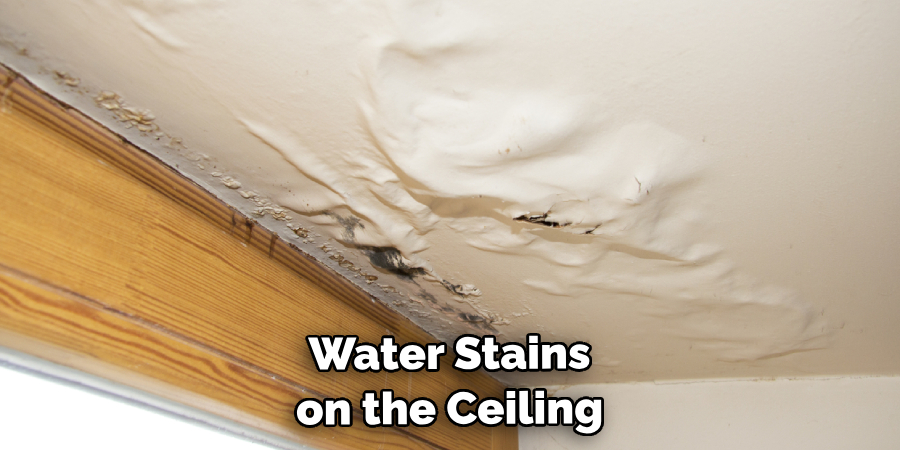
4. Check the Location of the Crack:
The location of a crack is also something worth considering when assessing its severity. If it’s in an area near exterior walls or windows, then this could indicate expansion and contraction due to temperature changes. Alternatively, if the crack is in a corner of the room then this could suggest that something beneath the ceiling has shifted.
5. Listen for Any Odd Noises:
If you hear any creaking or groaning noises coming from your ceiling, then it’s possible that there are structural issues that need looking into. This could be caused by weak beams or joists that are no longer supporting the weight of the ceiling, or even shifting floors. This method is especially helpful when checking out a crack in an area that’s difficult to see.
6. Check for Cracks Around Windows and Doors:
It’s also worth inspecting any windows and doors in your home, as cracks around these areas can indicate further problems. This could be due to settling foundations or an uneven load on one side of the room. If you notice any cracks around windows or doors, then it’s best to call in a professional.
7. Check for Cracks Around the Corners:
Corners are particularly vulnerable spots when it comes to ceiling cracks, as they’re usually affected by movement from above or below. If you spot any cracks around your corners, then you should investigate further to make sure there isn’t any major damage. This could be caused by an improperly installed support beam or a settling foundation.
8. Look for Any Leaks:
Leaking water can be a big sign that your ceiling is in need of repair, as it could indicate a more serious issue such as a loose roof joist or cracked pipe. If you notice any damp patches on your ceiling, then consider hiring a plumber or roofing professional to assess the damage.

9. Examine the Age of Your Home:
Finally, it’s important to consider the age of your home when assessing ceiling cracks. Generally speaking, older homes are more prone to structural issues due to aging materials and shifting foundations. If your home is quite old, then it’s best to consult with an expert before attempting any DIY repairs.
Knowing how to tell if ceiling cracks are serious is essential for maintaining a safe and structurally sound home. Taking the time to assess any cracks, examine their location, and check for underlying causes can provide you with an accurate assessment of the severity. Remember that some larger cracks may require professional attention, so don’t be afraid to call in a specialist if you’re unsure. With the right knowledge and tools on hand, you can ensure that your ceiling – and your home – is safe and sound.
Additional Tips and Tricks to Tell if Ceiling Cracks Are Serious
There are several additional signs and symbols to look for when determining the severity of a ceiling crack. Here are some tips:
- Check the area where the ceiling has cracked for any discoloration, such as yellowing or darkening of paint. This can be indicative of water damage occurring behind the wall.
- If you see that the ceiling is sagging, this can be a sign of an ongoing structural issue.
- Look for any separation between the wall and ceiling. If there is one present, it could indicate that the supporting structure has been compromised.
- Do not ignore small hairline cracks in the ceiling; these may be indicative of larger issues occurring beneath them.
- Pay attention to any changes in the shape of the ceiling over time, as this can be another indication of structural damage.
- If you notice any evidence of water seeping through a crack in your ceiling, it is likely that a repair should be made immediately. Additionally, if there is sagging around the area where the crack has appeared, it may indicate impending collapse and should be addressed by a professional.
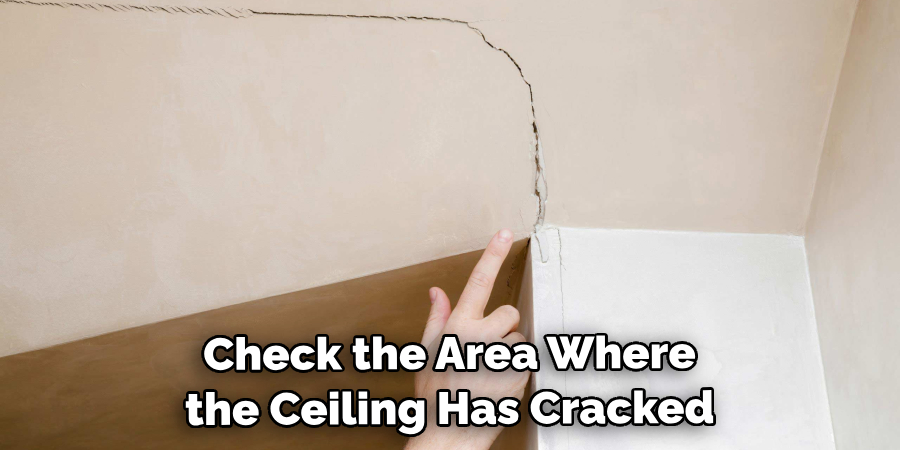
With these helpful tips, you will be able to more accurately assess the seriousness of any ceiling cracks in your home. If you have any questions or concerns, it is always best to contact a professional for inspection and repair services. Taking extra precautions to identify structural issues can help keep your family safe from potential harm.
Frequently Asked Questions
What Types of Ctypesacks Are Dangerous?
Cracks that are larger than 1/8 of an inch, or 3 millimeters, in width, are considered serious. Also watch out for any jagged edges, a sign that the crack is widening and could eventually become a structural issue. Also, pay attention to the shape; if it appears to be spreading wider over time, then it’s important to investigate further. Be sure to take a look up close and note any signs of sagging or bowing in the ceiling, as this could be an indication that the crack is part of a larger problem.
How Can I Tell Where The Cracks Are Coming From?
If you’re unsure about the source of a crack, try tracing it. Look for any lines that may indicate the pattern or direction of the crack. If you can’t trace it, then it’s likely coming from somewhere within your walls – if so, it’s important to get an expert opinion as soon as possible.
What Are The Potential Causes Of Ceiling Cracks?
The most common cause of ceiling cracks is shifting or settling foundations, which can create stress on the ceiling and walls. Poorly built homes, overloading of floors above, or water damage are all potential causes as well. It’s also possible that a crack could be caused by something as simple as a nail that has been driven too close to the edge of a board.
What Can I Do To Repair A Cracked Ceiling?
If the crack is small, you may be able to repair it yourself using a joint compound or spackling paste. If the crack is large and has caused structural damage, though, you’ll need to get an expert opinion from a qualified contractor or inspector to determine if it can be fixed without replacing the ceiling. They’ll be able to assess the situation and let you know if any major repairs are necessary.
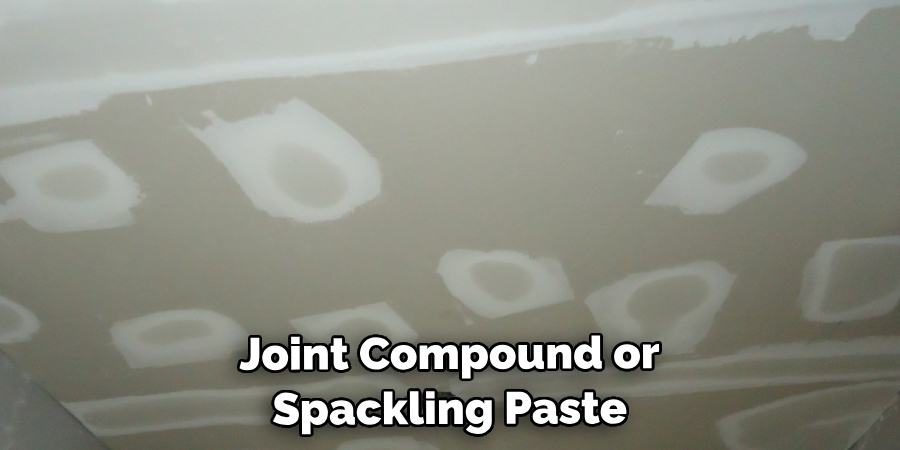
Conclusion
To sum up, it is important to inspect any cracks in the ceiling carefully and consult a professional if necessary. Ceiling cracks can be caused by normal wear and tear or something more serious such as foundation problems, water damage, seismic activity, and the force of wind. If homeowners are unable to solve the problem on their own they should call a contractor to come take a look at the property.
Homeowners should also keep tabs on the plasterwork around them in order to catch issues early before they become bigger problems. Ceiling repairs usually involve replacing boards as well as applying fresh plaster so that they will look aesthetically pleasing but also be structurally sound for years to come. Finally, when in doubt remember that it is always better to err on the side of caution when determining if ceiling cracks are serious or not. Taking these steps will ensure that homeowners know How to Tell if Ceiling Cracks Are Serious and can develop an effective plan for repair if needed.

